Taihui Taoist Temple (太晖观), originally built in the 26th year of the Hongwu era (1393), holds a rich history as it was initially constructed as a royal residence for Zhu Biao, the 12th son of Emperor Zhu Yuanzhang. The grand palace featured intricate stone carvings of coiling dragons on its columns, copper-tiled roofs, and architectural elements that seemingly exceeded its designated rank. Accused of plotting rebellion due to these ostentatious features, Zhu Biao decided to transform the palace into a Taoist temple, naming it “Taihui,” and fearing punishment, he ultimately took his own life by self-immolation. The temple, adorned with splendid carved beams and painted rafters, retained its regal grandeur.
Taihui Taoist Temple stands majestically facing north to south, showcasing grand halls, exquisite pavilions, and resplendent golden features. The temple complex includes a mountain gate at the entrance, flanked by bell and drum towers. Further into the compound, there are four major halls dedicated to the Four Heavenly Kings, a Jade Emperor Pavilion, and a Guanyin Hall. On the sides of the Guanyin Hall, there are two additional palaces – the Palace of the Goddess and the Palace of the Queen Mother.
Table of Contents
- Location and Transportation
- Highlights of Taihui Taoist Temple
- Other Attractions within Jingzhou Ancient City
Basic Information
| Estimated Length of Tour | 1 – 2 hours |
| Ticket Price | 5 RMB |
| Opening Hours | 9.00 – 17.00 |
Location and Transportation
Taihui Taoist Temple is situated at 262 Xihuan Road, Jingzhou District, Jingzhou City, Hubei Province, China. It is approximately 1 kilometer away from the West Gate of the ancient city of Jingzhou. To get there, you can take bus 26 and get off at Taihuiguan Stop (太晖观站).
Highlights of Taihui Taoist Temple
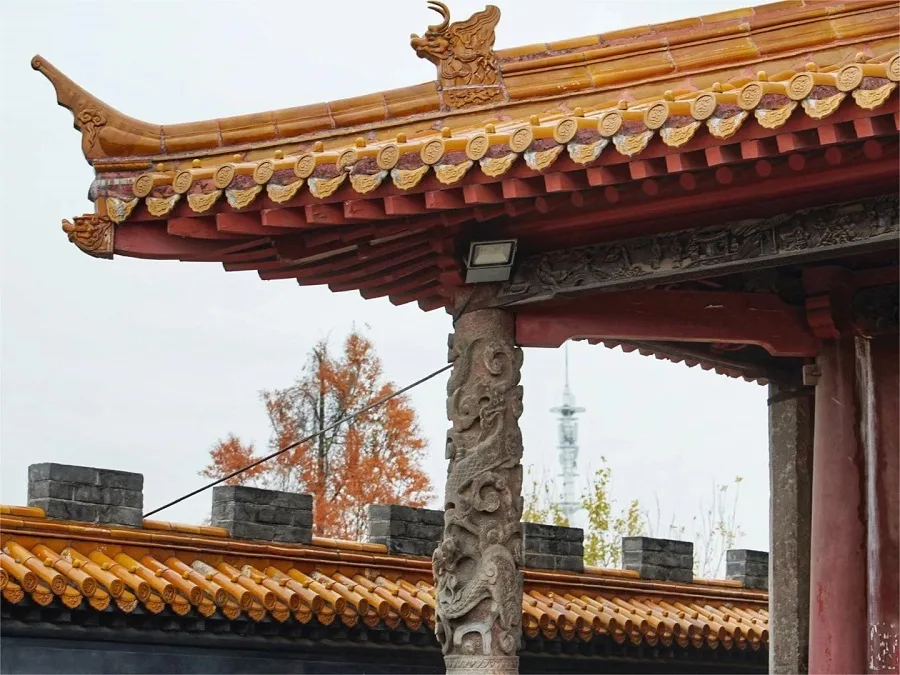
Among the surviving structures, the Pilgrimage Gate and Ancestral Master Hall stand prominently on a high platform made of stone slabs, measuring a height of 8.2 meters. Accessible by ascending thirty-two stone steps, the Pilgrimage Gate features three pathways. The stairs are flanked by blue stone railings adorned with intricate carvings depicting various stories and characters, adding whimsical charm. The Ancestral Master Hall, surrounded by a two-meter-high enclosure adorned with over five hundred Ling officials in various poses, preserves the original copper-tiled roof that once glittered like Wudang’s “Golden Summit.”

Around the periphery of the halls and corridors, twelve green stone columns are erected. Four of these columns in the front and two in the back are intricately carved with coiling dragons, their heads extending from the surface, scales vividly detailed, creating the illusion of dragons gracefully coiling around the columns. Inside the halls, elaborate carvings, vibrant paintings, and an array of colors dazzle the eyes. Beyond the main hall lies a clear pond, its surface shimmering in the sunlight. Towering pine trees and lush cypresses surround the area, creating an enchanting atmosphere. The flowing water in front of the temple weaves through the landscape, casting reflections of the temple’s splendor in its gentle ripples.

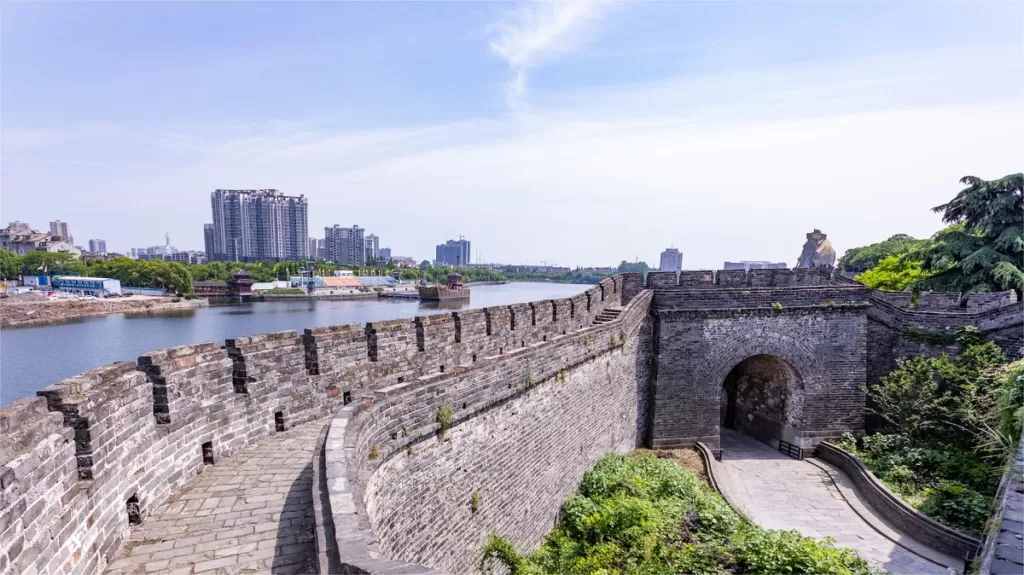
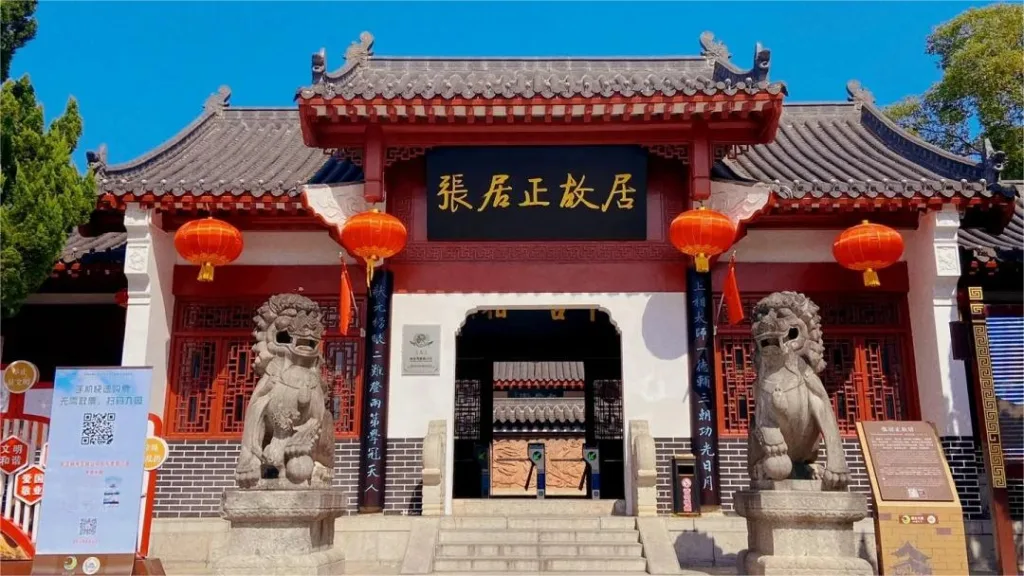

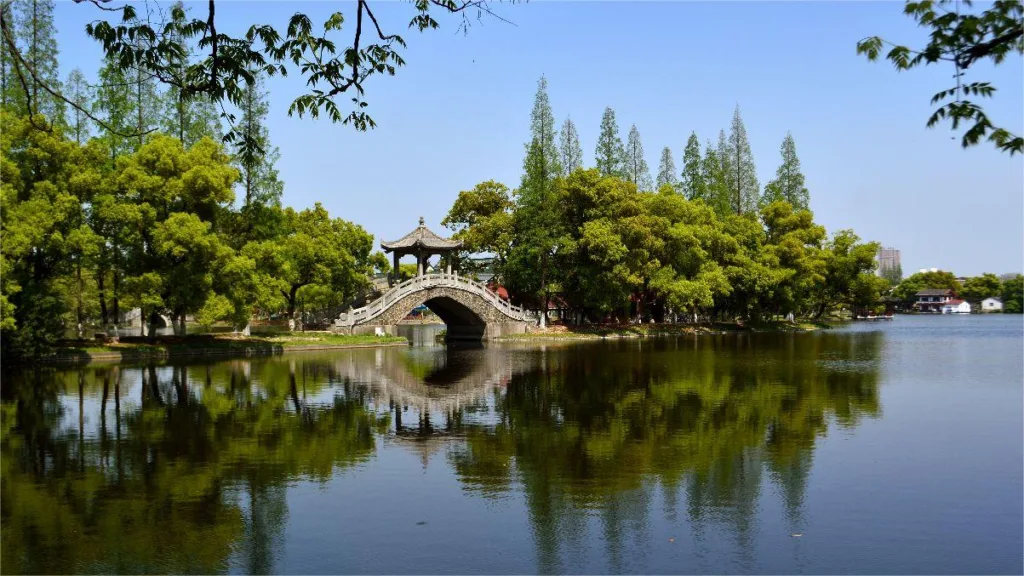

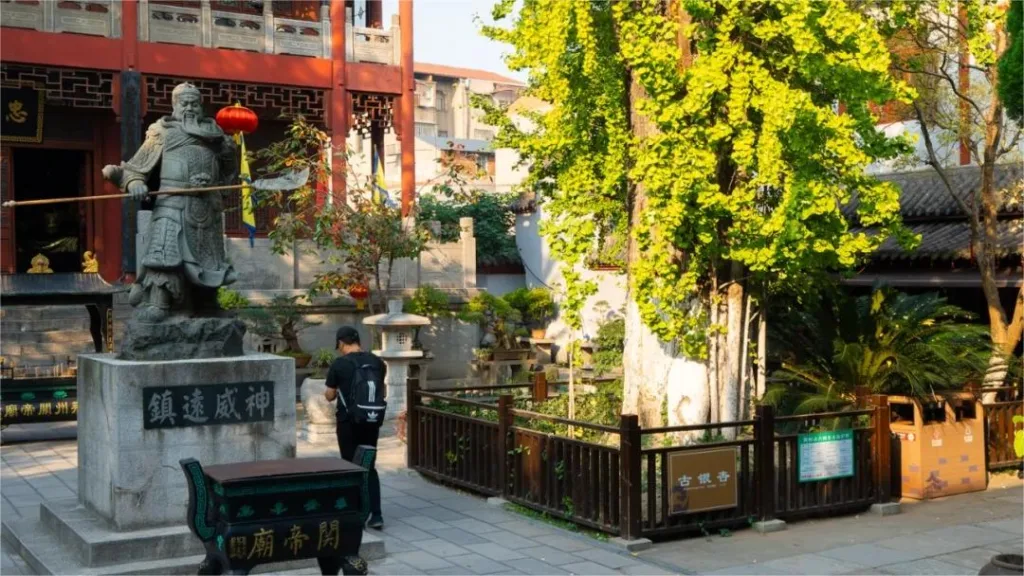
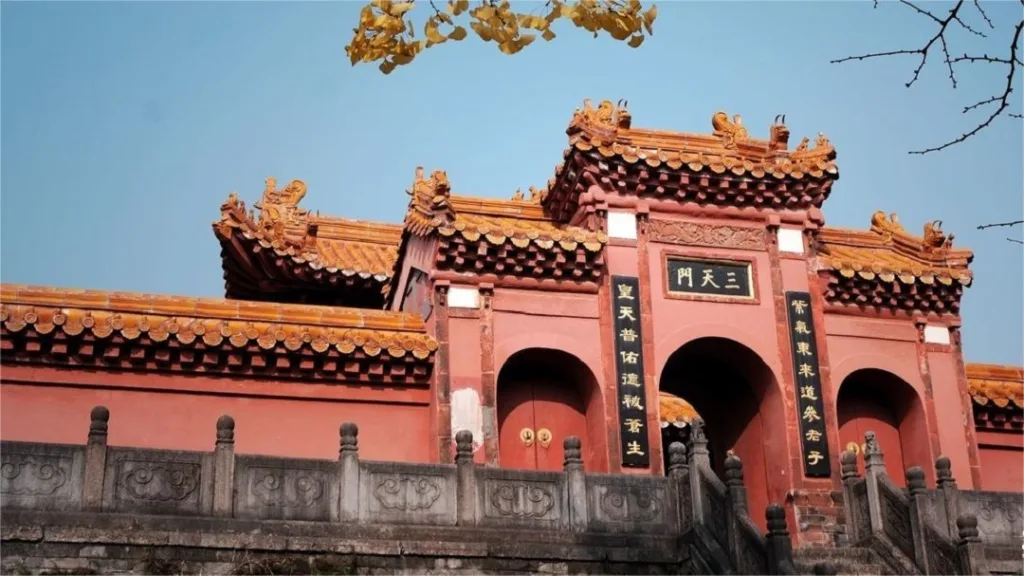
0 Comment